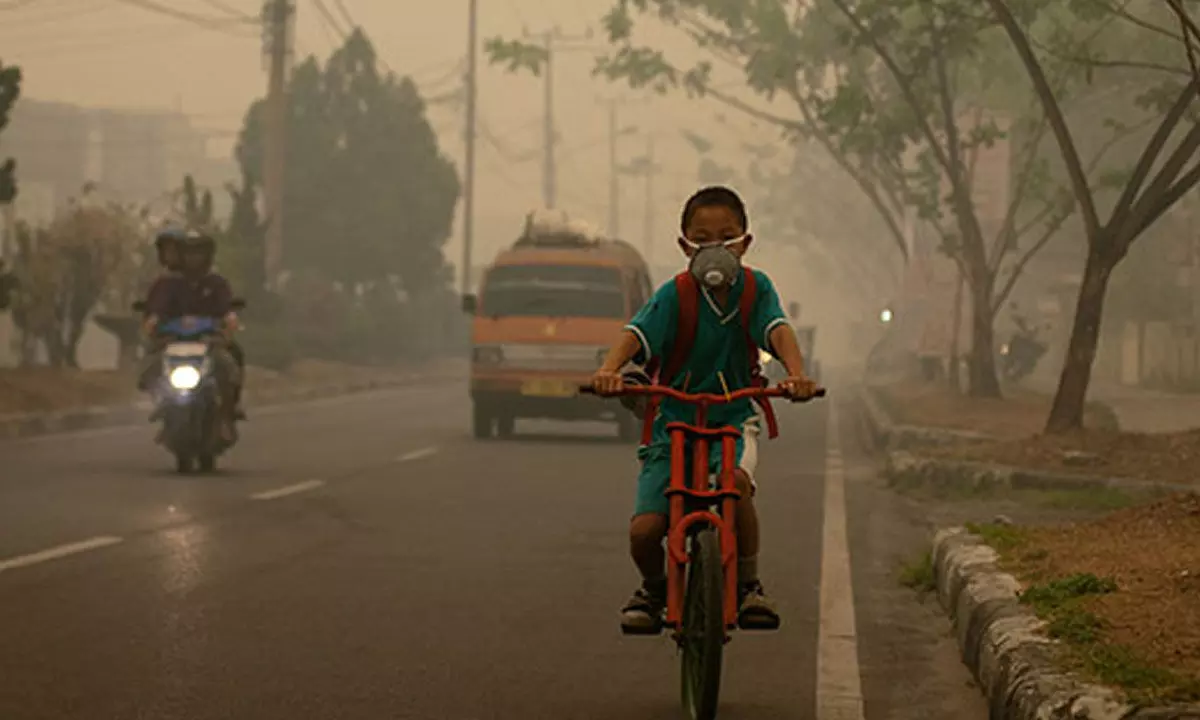Live
- IPL 2024: 'Can't sit and speak from a box', Virat Kohli slams strike-rate critics
- ISL 2023-24: We have to give our everything, says FC Goa's Fernandes ahead of semis clash with Mumbai City
- Study confirms air pollution increases risk of Alzheimer's disease
- Pakistan Foreign Minister Ishaq Dar appointed Deputy Prime Minister
- BRS alone can stall attempts to make Hyderabad a union territory: KTR
- AIADMK slams TN govt for collecting fee for summer sports coaching camps
- Ujjwal Nikam praises Modi govt for 'ruthless' approach against terrorism, giving befitting reply to Pakistan
- Indian Coast Guard apprehends Pakistani boat with huge consignment of narcotics
- PM Modi's steadfast campaign: Sustaining opposition to Congress' 'appeasement' politics
- Worship is associated with faith, says Cong candidate Selja from Haryana's Sirsa









